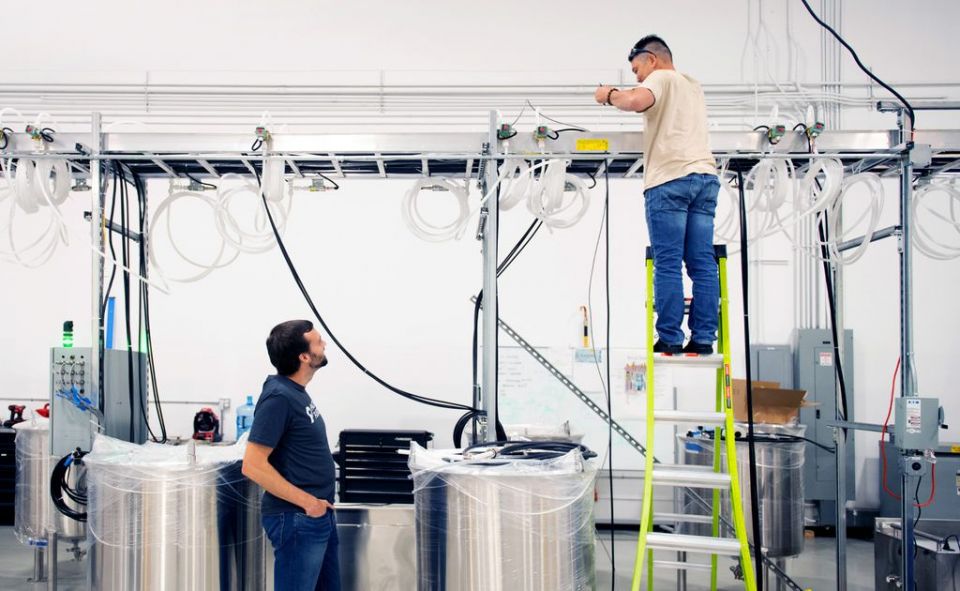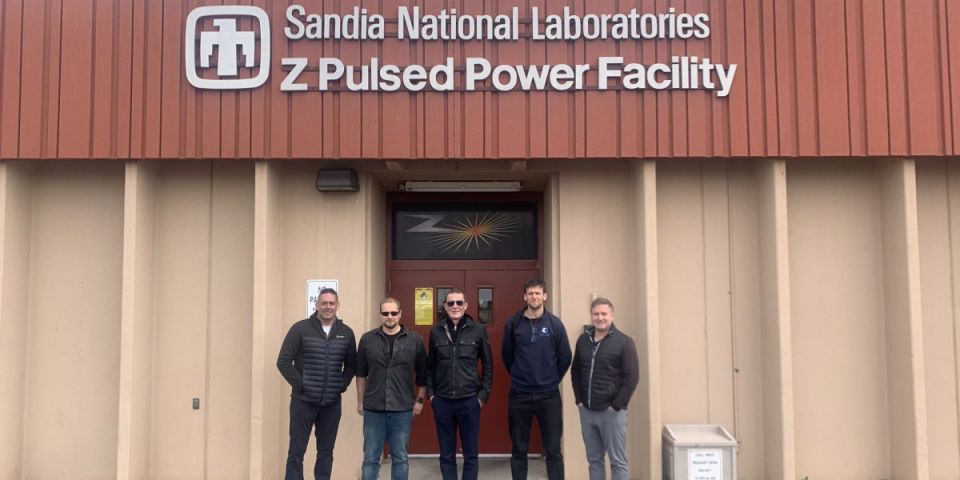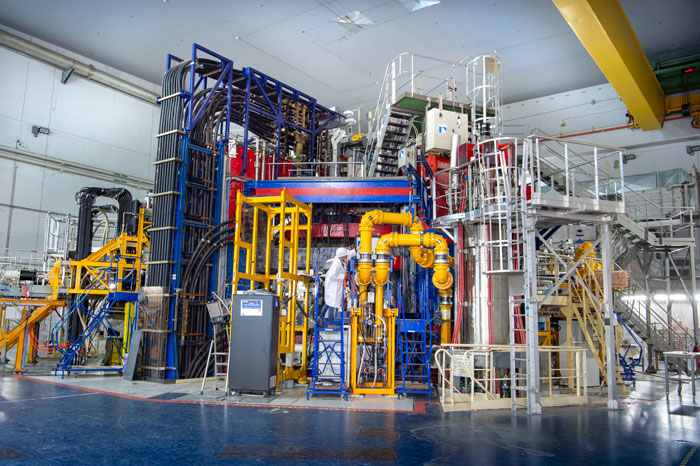Notes on fusion
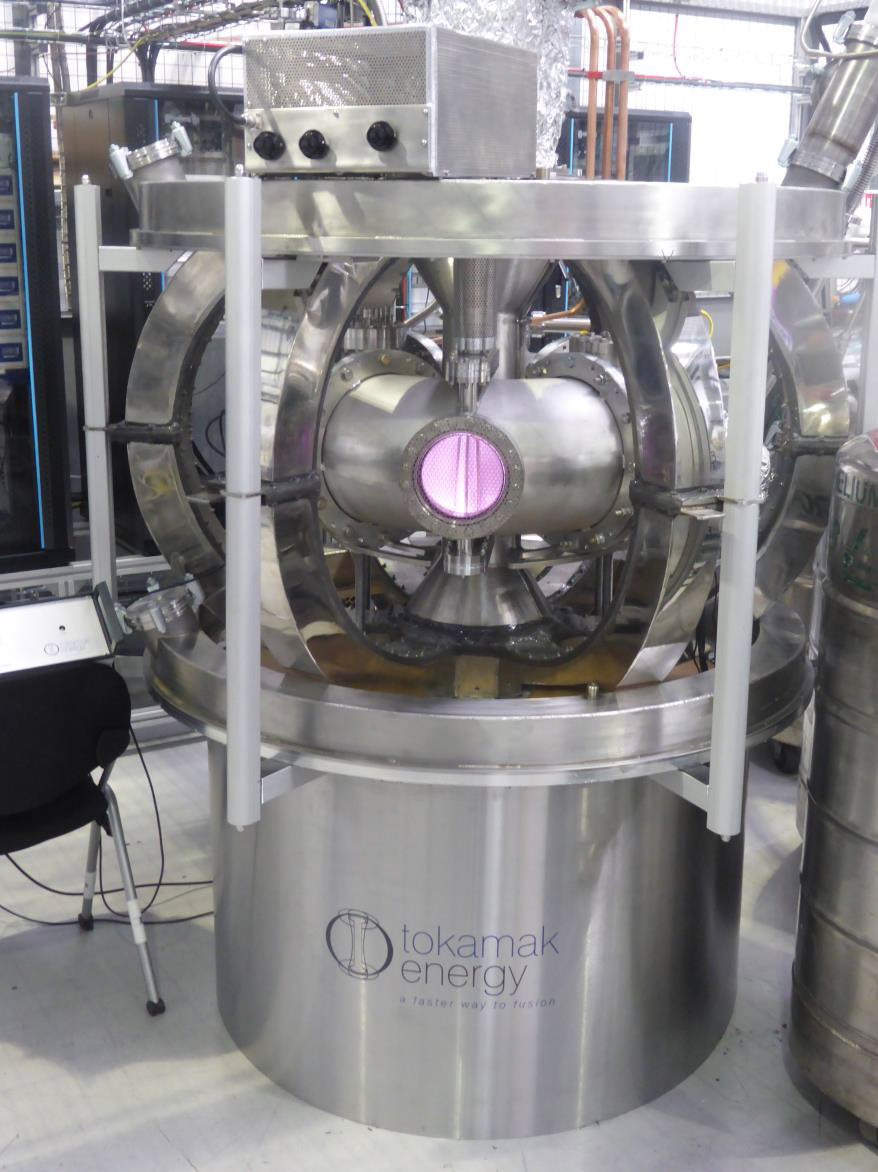
The ST25-HTS tokamak.
Governments around the world have been interested in fusion for more than 70 years. Fusion research was largely secret until 1968, when the Soviets unveiled exciting results from their tokamak (a magnetic confinement fusion device with a particular configuration that produces a toroidal plasma). The Soviets realized that tokamaks were not useful as weapons but could produce plasma in the million-degree temperature range to demonstrate Soviet scientific and technical prowess to the world.
Following this breakthrough, government laboratories around the world continued to pursue various methods of confining hot plasma to understand plasma physics under extreme conditions, getting closer and closer to the conditions necessary for fusion energy production. Tokamaks have been by far the most successful configuration. In the 1990s, the Tokamak Fusion Test Reactor at the Princeton Plasma Physics Laboratory produced 10 MW of fusion power using deuterium-tritium fusion. A few years later, the Joint European Torus (JET) in the United Kingdom increased that to 16 MW, getting close to breakeven using 24 MW of power to heat the plasma.



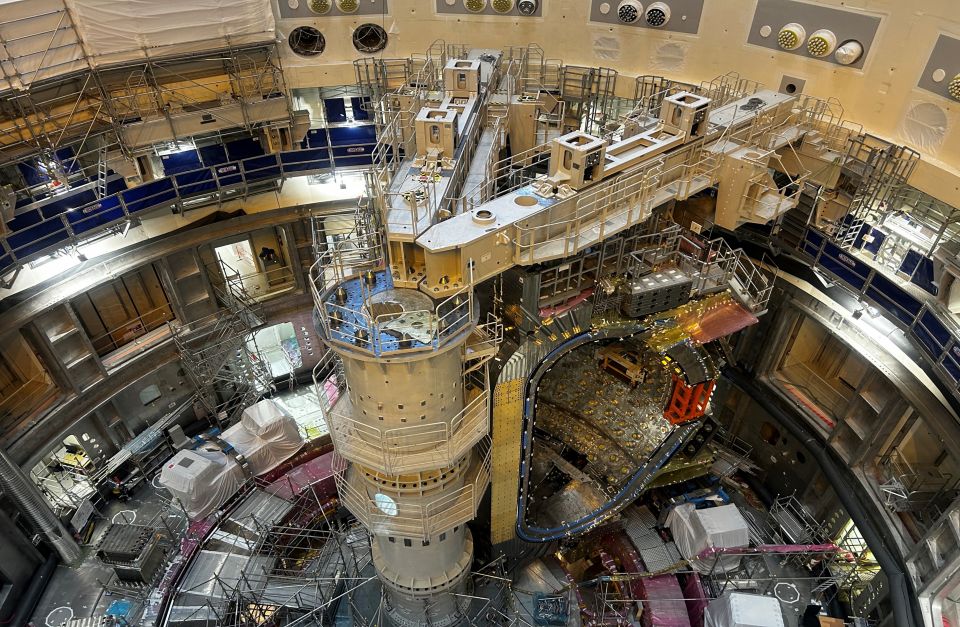
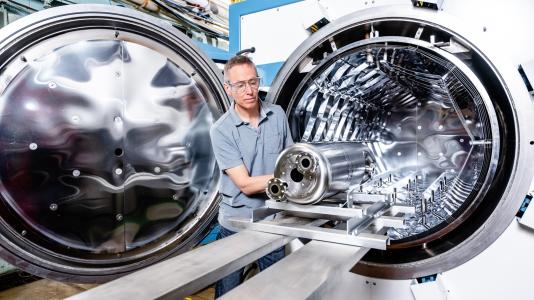
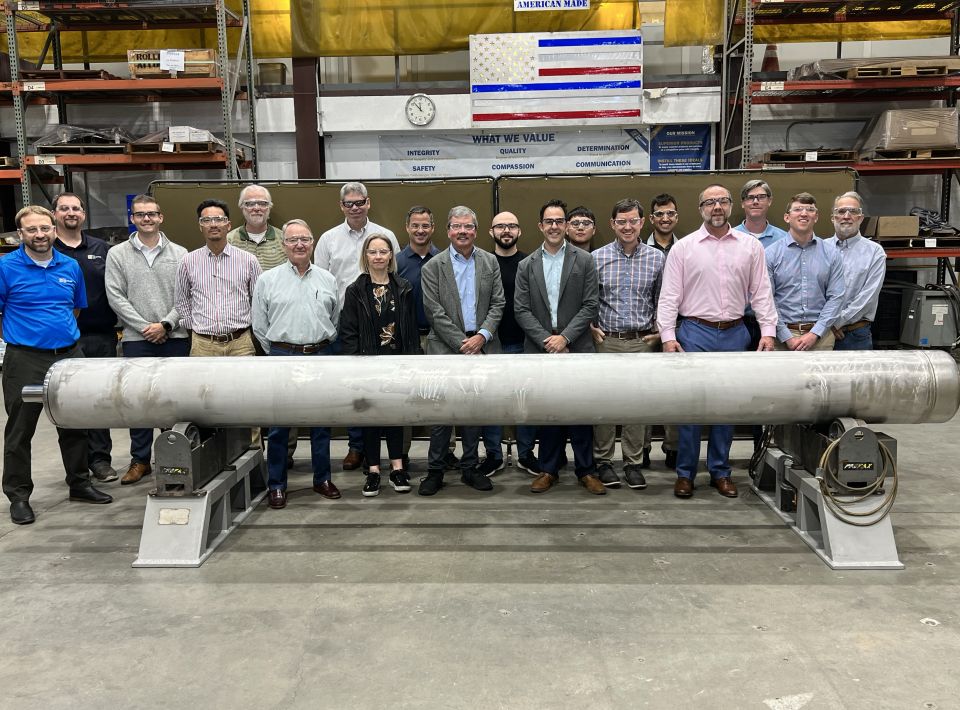 rotated.jpg)
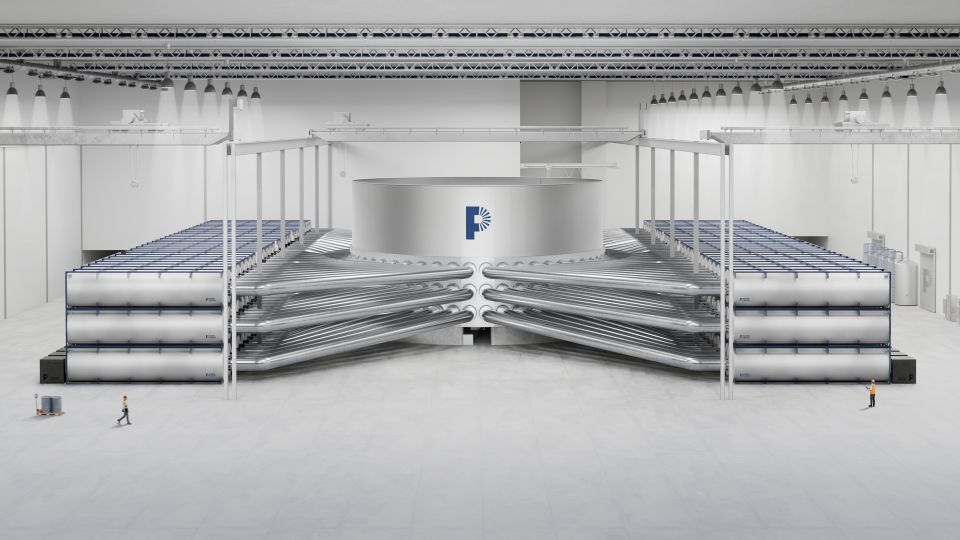.jpg)
